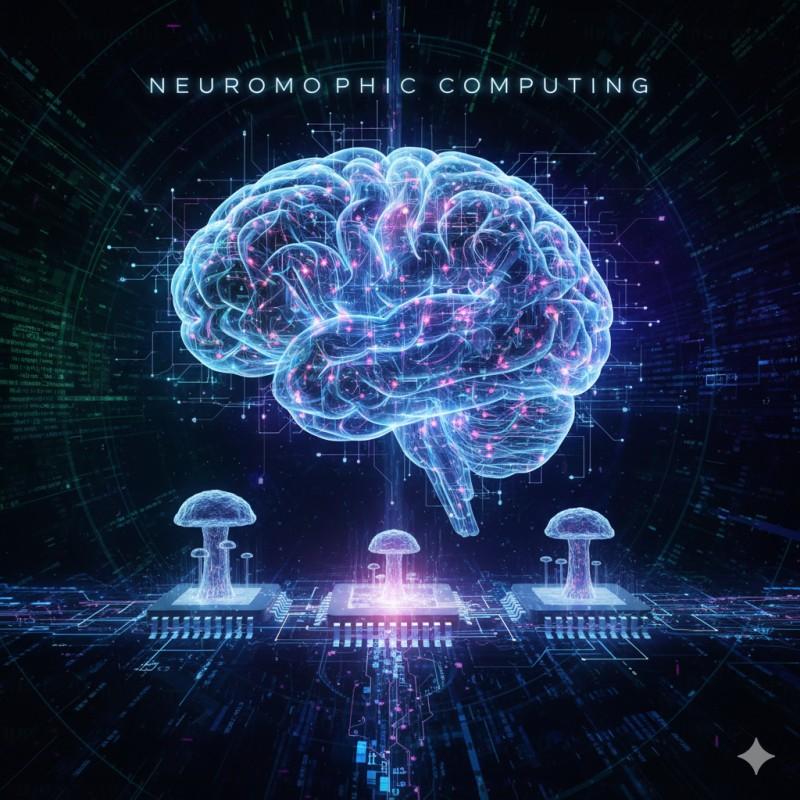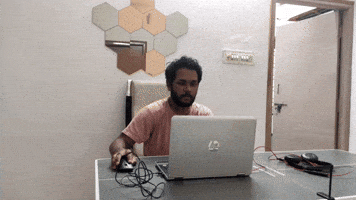Is this it??
https://www.openpr.com/news/4246401/united-states-neuromorphic-computing-market-2025-growth
Extract with my own holding :-“
United States Neuromorphic Computing Market 2025 | Growth Drivers, Key Players & Investment Opportunities
10-30-2025 08:34 AM CET |
IT, New Media & Software
Press release from:
DataM intelligence 4 Market Research LLP
Neuromorphic Computing Market
Market Size and Growth
The Global Neuromorphic Computing Market reached USD 48.3 million in 2022 and is projected to witness lucrative growth by reaching up to USD 6,801.9 million by 2030. The global neuromorphic computing market is expected to exhibit a CAGR of 91.5% during the forecast period (2024-2031).
Key Development & Recent Mergers and acquisitions:
United States: Recent Industry Developments

In September 2025, Intel Labs announced a major update to its Loihi 2 neuromorphic chip platform, improving learning efficiency by 30%. The company also opened its Neuromorphic Research Cloud to global AI developers, accelerating adaptive computing research.

In July 2025, IBM Research launched a neuromorphic accelerator for edge AI applications, integrating spiking neural networks to enhance real-time decision-making in autonomous systems. The pilot deployment began with DARPA-backed defense projects.

In May 2025, SynSense, in collaboration with Qualcomm, secured $45 million in Series C funding to expand neuromorphic processor manufacturing for smart sensors and robotics. The investment aims to bring low-power cognitive chips to commercial markets.

In March 2025, SoftBank Group announced the acquisition of Ampere Computing (US) for roughly US$6.5 billion; while Ampere is not strictly "neuromorphic", the deal strengthens SoftBank's position in energy-efficient AI/processor design.

According to a startup-tracker source, the U.S. neuromorphic computing startup segment has "seen 3 acquisitions and 1 IPO" as of October 2025
Japan: Recent Industry Developments

In August 2025, Fujitsu Laboratories unveiled its first neuromorphic computing prototype for industrial automation. The chip mimics brain-like adaptive learning to optimize energy use in factory robotics and sensor networks.
 In June 2025, Sony Semiconductor Solutions invested in BrainChip Holdings to co-develop neuromorphic processors for vision-based AI in autonomous vehicles and consumer electronics. Trials are underway with Japanese automotive OEMs.
In June 2025, Sony Semiconductor Solutions invested in BrainChip Holdings to co-develop neuromorphic processors for vision-based AI in autonomous vehicles and consumer electronics. Trials are underway with Japanese automotive OEMs.

In April 2025, the University of Tokyo, in partnership with NEC Corporation, announced a $25 million government-backed project to develop large-scale neuromorphic AI for scientific computing and weather simulation.


 what’s wrong with the Autors those days ?
what’s wrong with the Autors those days ?  In June 2025, Sony Semiconductor Solutions invested in BrainChip Holdings to co-develop neuromorphic processors for vision-based AI in autonomous vehicles and consumer electronics. Trials are underway with Japanese automotive OEMs.”
In June 2025, Sony Semiconductor Solutions invested in BrainChip Holdings to co-develop neuromorphic processors for vision-based AI in autonomous vehicles and consumer electronics. Trials are underway with Japanese automotive OEMs.”


